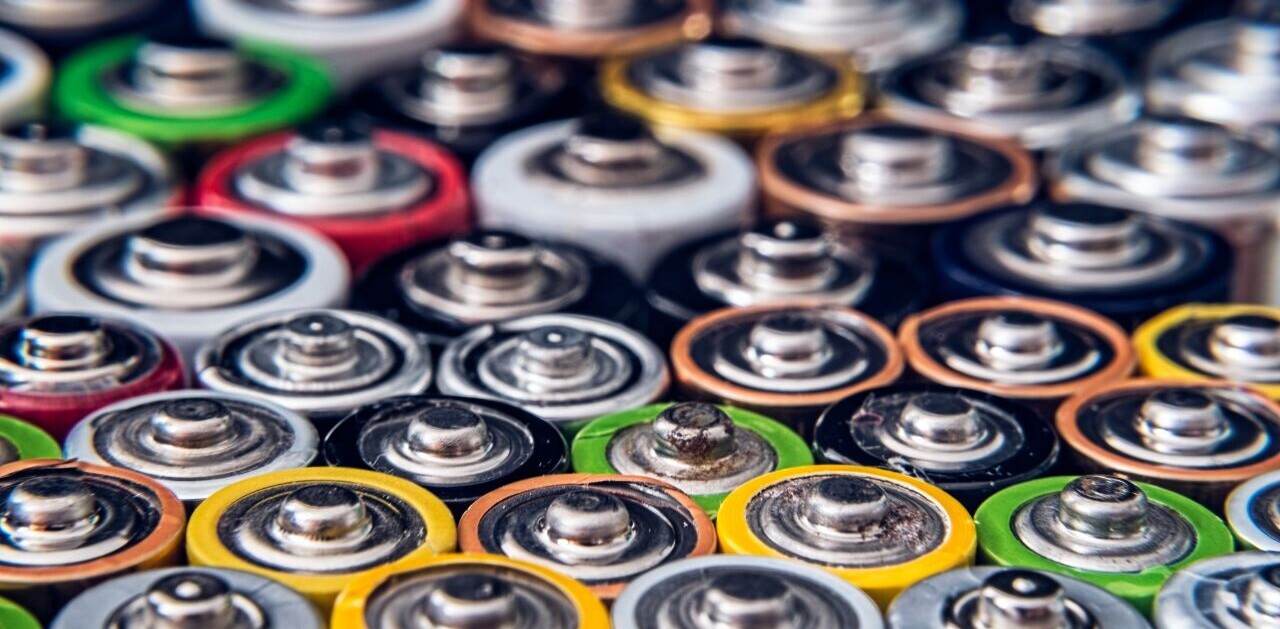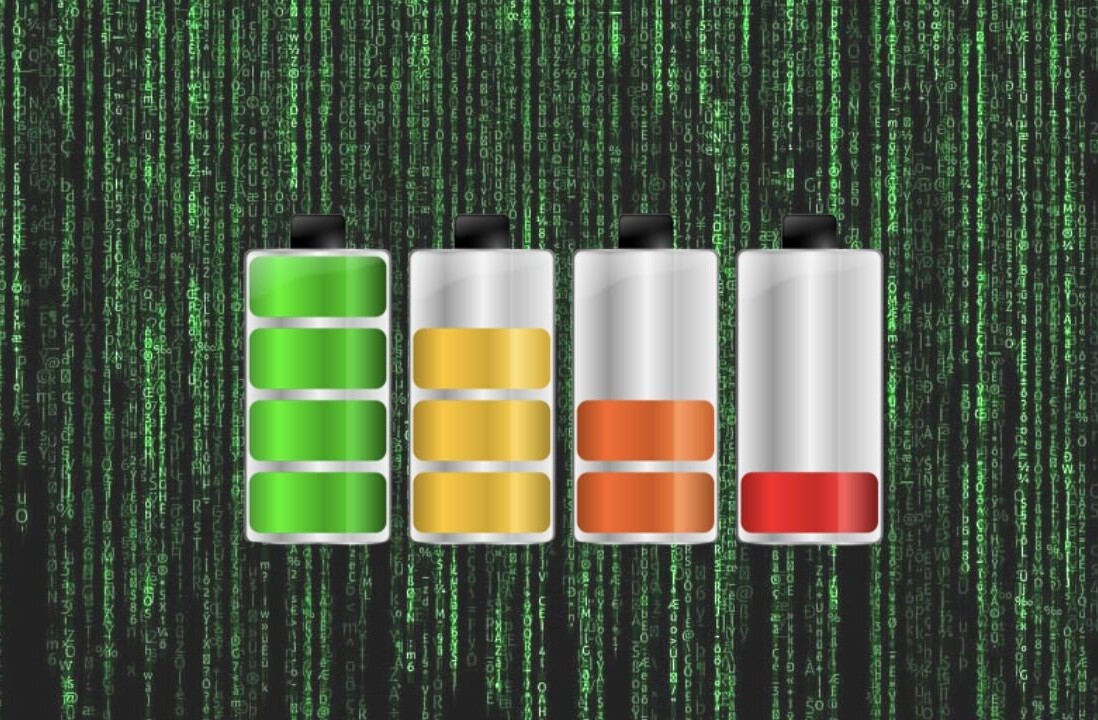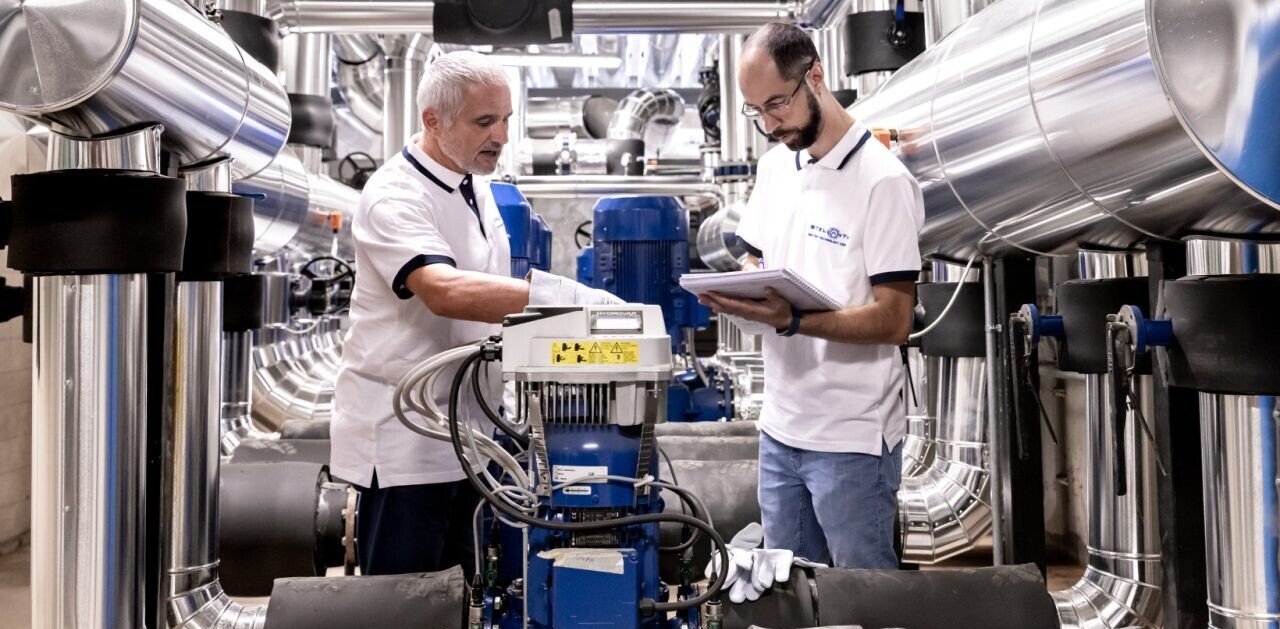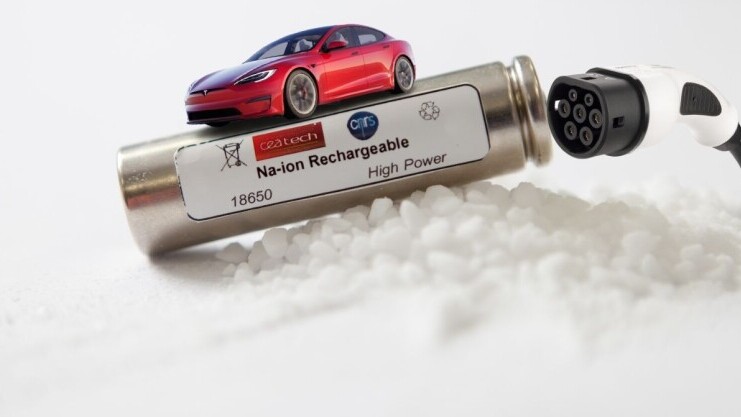
Lithium-ion batteries have played a vital role in the development of electric vehicles and we love them for that. But at the same time, lithium is expensive to produce, unstable in high temperatures, and a finite resource whose mining often comes with supply chain problems.
Battery researchers and manufacturers have been assiduously searching for a more sustainable replacement. One intriguing alternative they’ve discovered is another chemical element: sodium.
Why lithium has been dominating
Lithium and sodium are neighbors in the periodic table, which basically means that they offer similar properties and can both be used as charge carriers in the battery cell.
However, each sodium ion is larger than an equivalent lithium ion. As a result, battery researchers have struggled to produced an anode — the battery’s positively charged electrode/terminal — that can absorb enough sodium ions to give a sodium-based battery cell the energy density required to power an EV.
Plus, lithium is the least dense metal known to science, which makes it by default lighter than sodium. Given that weight is a crucial factor in an EV’s energy consumption and, in turn, range, the heavier sodium-ions have seemed like a less suitable option.
Three reasons why sodium has nevertheless sparked interest
1. It’s abundant
Sodium is a common element that’s usually mined from soda ash, but it can basically be found anywhere, including in seawater — and we have plenty of it.
According to the Faraday Institution, sodium is the seventh most abundant element and 1,200 times more common than lithium, while it’s more evenly distributed around the world.
2. It’s cheaper
Sodium’s abundance naturally makes it a less expensive option. It also costs less to extract and purify it.
Plus, sodium-ion cells can be made with ample metals such as iron and manganese. In contrast, lithium-ion batteries require cobalt, a metal with limited geological reserves that’s also the most expensive part of the battery, priced at approximately $28,500 per ton.
In addition to that, sodium-based cells can be manufactured using existing battery equipment, so they wouldn’t require costly redesigns to be put in production.
3. It’s safer
Sodium batteries not only perform better at a wider temperature range (especially in cold environments), but are nonflammable and there’s no thermal runaway — which can usually cause lithium-ion batteries to catch fire.
Safety risks are also reduced during transit. Manufacturers can transport sodium-ion batteries with the battery terminals directly connected and the voltage held at zero.
In contrast, lithium-ions batteries need to be transported in a partially charged state to avoid the dissolution of the copper current collectors they contain, which in turn increases the risk of fire.
The best EV sodium-ion example we have so far
In July, Chinese battery company CATL unveiled its first-generation sodium-ion battery, with plans to ramp up the sodium supply chain by 2023.
CATL’s product is expected to have an energy density of 160Wh/kg and will take 15 minutes to reach 80% of its charge. That’s actually on par with lithium-ion batteries currently on the market, ranging from 140 Wh/kg to 240Wh/kg in the highest-end types.
The company also plans to use its AB battery pack solution which will integrate both sodium-ion and lithium-ion cells.
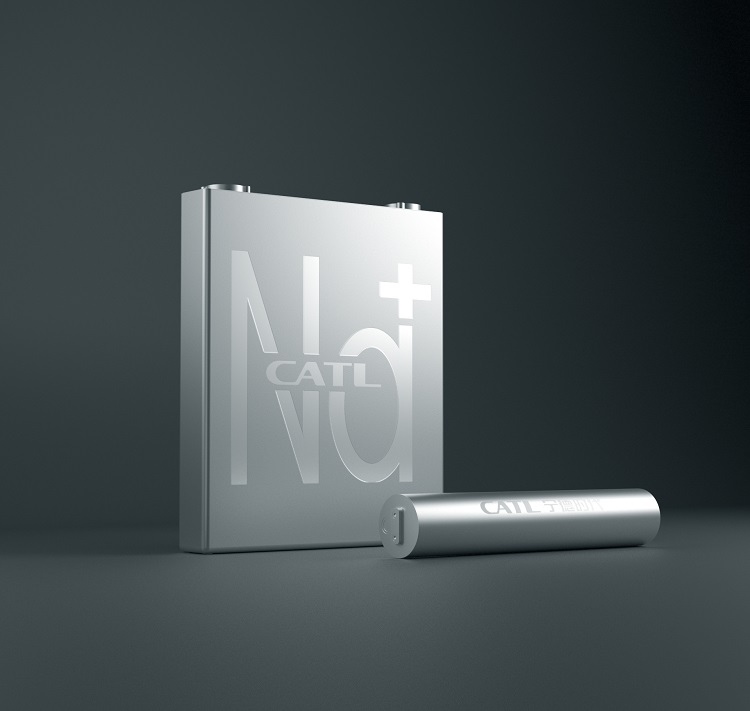
All in all, sodium-ion batteries can offer three crucial advantages EV manufacturers and consumers are looking for: sustainability, lower cost, and increased safety.
They might still be inferior to their lithium counterparts in weight and energy density, but I’m optimistic that further research will make them a viable replacement.
Get the TNW newsletter
Get the most important tech news in your inbox each week.

